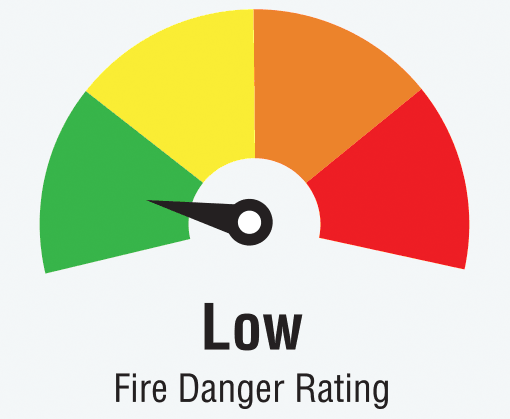
The safety of road users is a priority in Whistler, particularly the safety of pedestrians and cyclists. The provincial Ministry of Transportation is responsible for the maintenance and snow clearing of Highway 99. The Resort Municipality of Whistler is responsible for around 80 kilometres of municipal roads in Whistler.
Winter driving from October 1 to March 31
In B.C., vehicles must use winter tires on most major highways between October 1 and March 31. Passenger vehicles travelling along Highway 99 require winter tires with the three-peaked mountain and snowflake symbol or the M + S (mud and snow symbol) with at least 3.5 mm of tread. The Ministry of Transportation and Infrastructure provides winter driving recommendations. Commercial vehicles have different regulations for winter tires and chains.
Peak travel times throughout the year and snow conditions can result in heavy traffic volumes, increased travel times to, from and within Whistler, and in some cases even highway closures.
Snow and ice control
When it snows, municipal roads are cleared in order of priority. The highest priority roads, such as Whistler Transit bus routes, are cleared first. Other important routes are next and small residential streets are last. Detailed snow clearing maps are in Whistler’s Snow and Ice Control Policy (starting on page 6).
Private homeowners also have a role to play in making our roads safe. Always clear snow to designated areas on your property, never onto municipal roads, parks or creeks. Clearing onto the road leads to icy and bumpy areas, especially if the plows have already been through. You are responsible for moving and storing your own snow.
Journey planning
Check Drive BC for highway alerts and live Highway 99 Cams showing traffic and road conditions around Whistler. Drive BC is also available for mobile devices and by calling 1-800-550-HWYS (4997).
Check the Environment Canada website for weather reports.
Tune in to Mountain FM for Highway 99 road reports.
Preparing for weather and journey delays
Delays and highway closures can happen any time. Please remember to:
- Bring warm, weather-appropriate clothing for cooler weather
- Pack plenty of food, water and necessary supplies for all travellers and pets
- Bring a charged cell phone and charger
- Use appropriate winter tires from October 1 to March 31
- Keep an emergency kit in your vehicle
- Drive with your lights on for visibility
- Have the fuel topped up in case there is a delay, there are long stretches between gas stations
- In winter, prepare your vehicle with fresh wiper blades, an ice scraper, shovel and cold weather windshield washer fluid.
Parking
Find a map of parking in Whistler.
To allow us time for important winter snow removal operations, parking in Whistler’s neighbourhoods is not permitted:
- on the odd-numbered side of the street at any time.
- on the even-numbered side of the street from November 1 to March 31, from 9 a.m. to 5 p.m. Monday to Friday (excluding holidays).
Safety
- Watch out for children. The arrival of better weather and the switch to Daylight Savings Time means more children are playing outside in the last afternoon and rush hour. Whether it’s kicking a ball around or riding a bike, children’s movements can be sudden and unpredictable. Always slow down and be extra cautious in school zones, around playgrounds and in residential areas.
- Whistler municipal roads (not including the highway) have a speed limit of 30km/hr. Please note that private or strata roads may have lower speed limits, please obey all signage.
- Share the road. Whistler is an active community, so watch for pedestrians, runners, cyclists, skateboarders, etc.
- Spring cleanup gets underway on April 1 with the municipal Roads team filling potholes, fixing signs and sweeping gravel. It’s a big job, and we appreciate your patience and keeping everyone safe by slowing down around work crews. Crews can stop unexpectedly and frequently, so please leave plenty of space.
- You can help keep our roads safe by reporting road, drainage and flood concerns to 604-935-8300.
Report an issue
Highway 99
- Drive BC Report a Highway Problem
- Call 1-866-918-1010 for Miller Capilano Highway Services Ltd.
Municipal roads
Report snow clearing issues, including icy road conditions, potholes, damaged street signs, localized flooding, burned out streetlights and people pushing snow off their driveway onto municipal roads.
Sidewalks, Valley Trail and Village Stroll
- Always share the trail and when riding your bike, skateboarding or rollerblading, always take care around pedestrians, dogs, children and other
- Email parks@whistler.ca for Valley Trail issues
Private roads
Private roads, such as through strata complexes, are managed by private strata councils.
Downed power lines
Downed power lines are dangerous, BC Hydro ask you to stay back 10 metres and call 911.
The Ministry of Transportation and Infrastructure’s Adopt a Highway program offers non-profit and for-profit organizations opportunities to assist with litter removal and aesthetic improvements to promote local stewardship of public highways.
Traffic Calming Requests can be made with this form.
Whistler’s Traffic Calming Policy guides local traffic calming measures that enhance safety within the community.

